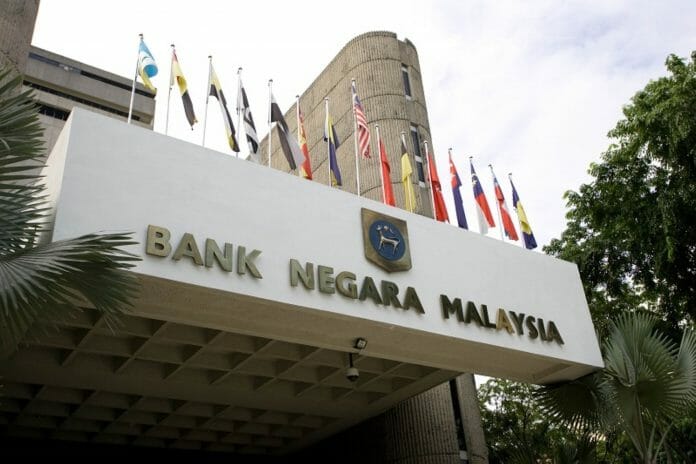Fitch Solutions now expect Bank Negara Malaysia (BNM) to hike its overnight policy rate (OPR) to 2.25% in
2022, as the central bank seeks to protect the value of the ringgit and maintain its interest rate advantage over
especially the US, which is now likely to begin hiking in 2022 rather than in 2023.
Meanwhile, inflation is likely to pick up in 2022 and while the BNM does not have a numeric inflation target, it is still mandated to maintain price stability and a hike would be timely to stave off higher inflation which would threaten the recovery in private consumption. Despite the upward revision, Ftich will continue to see some upside risks if major central banks around the world were to tighten monetary policy even quicker than we currently expect due to growing underlying inflationary pressures.
Recently BNM decided after its last monetary policy committee meeting of the year to hold its benchmark OPR at 1.75%, which means the view for the central bank to hold through 2021 has played out. In the statement accompanying the decision, BNM expected growth to improve in 2022 despite noting a slew of downside risks to both the global and domestic economies, stating: ‘going into 2022, the growth momentum is expected to improve, supported by expansion in global demand…’.
The government expects growth to range between 5.5% and 6.5% in 2022, against Fitch’s own forecast of 5.5% growth, and the stronger growth picture will allow the central bank space to hike in order to head off inflationary pressures and rebuild policy space.
The average inflation forecast for 2022 is now 2.5%, upwardly revised from 1.9% y-o-y previously. The main driver of this upward revision is the stronger Malaysian economic outlook in 2022 as well as oil prices likely to provide slight upward price pressures, rather than the disinflationary pressure that is previously expected. Fitch reiterates its expectations for the economic recovery to lead to higher inflationary pressures in 2022, especially given the relative disinflation that Malaysia experienced, which was unusual given the rise in inflation in other EMs. Indeed, inflation has only averaged 2.3% y-o-y in the first nine months of the year, which was largely the result of a spike in transport inflation between April and June as a result of very low base effects; inflation outside those months averaged a lower 1.3% y-o-y.
There are both upside and downside risks to the forecast. On the upside, its noted that Malaysia had seen 125bps of
interest rate cuts in 2020 in order to support the economy and that the central bank could in fact accelerate the pace of hikes in 2021 in order to rebuild policy buffers in anticipation of future hikes. This contingency becomes more likely if major central banks accelerate their tightening, perhaps in response to a swifter increase in inflation than they currently anticipate. Indeed, in 2010, the BNM hiked by 75bps, after cutting by 125bps in 2009 to counter the impact of the Global Financial Crisis. A 50bps hike adoption is in place as a base case due to the more uncertain economic picture Malaysia faces compared to 2010 but if the economy and inflation were to perform better then that may see the BNM hike by a further 25bps like they did in 2010.
On the downside, there remains the possibility of another negative shock to the economy from perhaps the emergence of another variant of concern that causes greater strain on the healthcare sector despite the high vaccination rates, or a sharper slowdown in China than it currently is expected due to the playing out of risks around financial stability in the real estate sector









